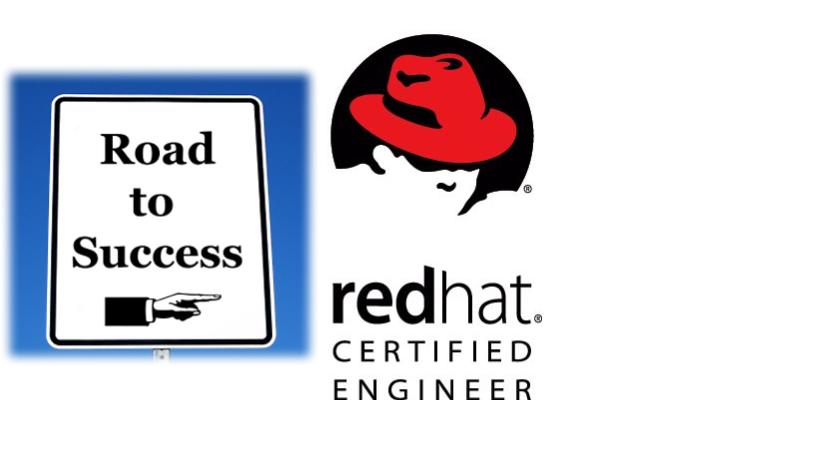Recently from 1st May 2009 RHCE(Red Hat Certified Engineer) exam pattern has been changed. Some of the high lights are as follows.. The examination time has been reduced to 3.5 hours from 5.5 hours as it was the previously
- Previously, there will be two sessions one with 2.5hour(for basic troubleshooting) session and 3hours session(for server and security configurations)
- But this time The content has be consolidated and reorganised into a single section.
- Every thing will be installed and given along with Visualization, the candidate should complete that exam is one stretch that is 3.5hrs.
- As you know RHCE5 SElinux is enabled so prepare along that lines.
- Main thing to pass this exam is just practice practice practice
Study Points for the RHCE Exam
Prerequisite skills for RHCT and RHCE
Candidates should possess the following skills, as they may be necessary in order to fulfill requirements of the RHCT and RHCE exams:
- use standard command line tools (e.g., ls, cp, mv, rm, tail, cat, etc.) to create, remove, view, and investigate files and directories
- use grep, sed, and awk to process text streams and files
- use a terminal-based text editor, such as vim or nano, to modify text files
- use input/output redirection
- understand basic principles of TCP/IP networking, including IP addresses, netmasks, and gateways for IPv4 and IPv6
- use su to switch user accounts
- use passwd to set passwords
- use tar, gzip, and bzip2
- configure an email client on Red Hat Enterprise Linux
- use text and/or graphical browser to access HTTP/HTTPS URLs
- use lftp to access FTP URLs
RHCT skills
Troubleshooting and System Maintenance
RHCTs should be able to:
- boot systems into different run levels for troubleshooting and system maintenance
- diagnose and correct misconfigured networking
- diagnose and correct hostname resolution problems
- configure the X Window System and a desktop environment
- add new partitions, filesystems, and swap to existing systems
- use standard command-line tools to analyze problems and configure system
Installation and Configuration
RHCTs must be able to:
- perform network OS installation
- implement a custom partitioning scheme
- configure printing
- configure the scheduling of tasks using cron and at
- attach system to a network directory service, such as NIS or LDAP
- configure autofs
- add and manage users, groups, quotas, and File Access Control Lists
- configure filesystem permissions for collaboration
- install and update packages using rpm
- properly update the kernel package
- configure the system to update/install packages from remote repositories using yum or pup
- modify the system bootloader
- implement software RAID at install-time and run-time
- use /proc/sys and sysctl to modify and set kernel run-time parameters
- use scripting to automate system maintenance tasks
- configure NTP for time synchronization with a higher-stratum server
RHCE skills
Troubleshooting and System Maintenance
RHCEs must demonstrate the RHCT skills listed above, and should be able to:
- use the rescue environment provided by first installation CD
- diagnose and correct boot failures arising from bootloader, module, and filesystem errors
- diagnose and correct problems with network services (see Installation and Configuration below for a list of these services)
- add, remove, and resize logical volumes
- diagnose and correct networking services problems where SELinux contexts are interfering with proper operation.
Installation and Configuration
RHCEs must demonstrate the RHCT-level skills listed above, and they must be capable of configuring the following network services:
- HTTP/HTTPS
- SMB
- NFS
- FTP
- Web proxy
- SMTP
- IMAP, IMAPS, and POP3
- SSH
- DNS (caching name server, slave name server)
- NTP
For each of these services, RHCEs must be able to:
- install the packages needed to provide the service
- configure SELinux to support the service
- configure the service to start when the system is booted
- configure the service for basic operation
- Configure host-based and user-based security for the service
RHCEs must also be able to:
- configure hands-free installation using Kickstart
- implement logical volumes at install-time
- use iptables to implement packet filtering and/or NAT
- use PAM to implement user-level restrictions
Source:http://www.redhat.com/certification/rhce/prep_guide/ Please comment on your experience of RHCE exam



